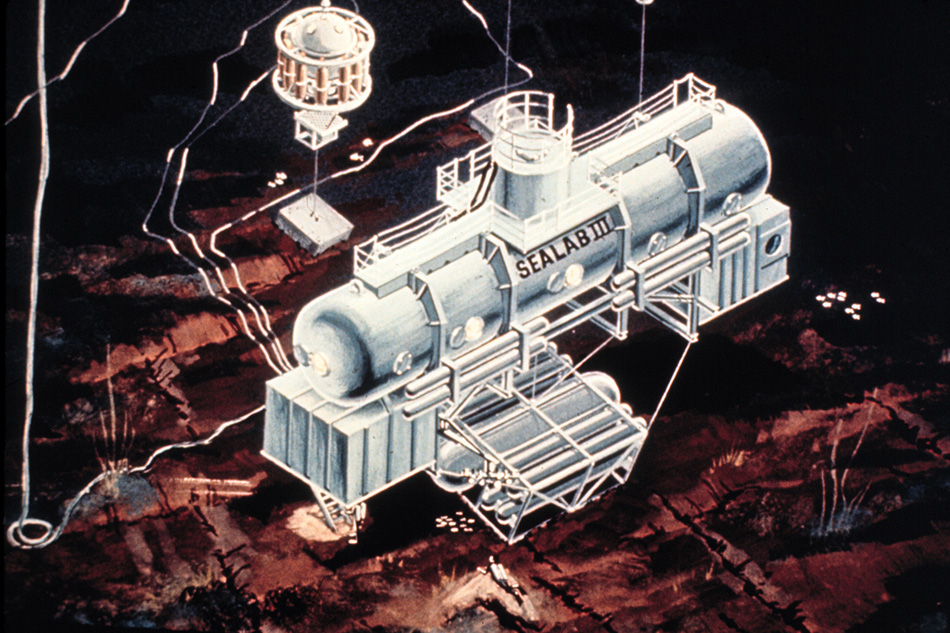IAB Meeting Addresses Sustainability Goals and Challenges
IAB Meeting Addresses Sustainability Goals and Challenges


“Hydrogen and its Role in Clean Energy” continues ASME goal of gaining a better understanding of member sustainability goals and challenges.
ASME’s Industry Advisory Board (IAB) spring meeting continued its critical work of gaining a better understanding of member sustainability goals and challenges. The meeting titled “Hydrogen and its Role in Clean Energy” was the second time that the IAB met to address the topic of green and sustainable energy. The Society will use the information from this April meeting to help shape its strategy and goals and to prioritize projects.
The meeting began with Congressional visits to discuss sustainable energy then dinner with Iana Aranda, director of ASME’s Engineering Global Development group. She presented the state of ASME’s sustainable development portfolio and opportunity for industry engagement. She was followed by Natasha Kostenuk, founder and CEO of Ayrton Energy, discussing her Canadian hydrogen start-up company, as well as her perspective on the role of hydrogen in the clean energy economy.
The meeting featured Neha Rustagi, analysis and codes and standards manager at the U.S. Department of Energy (DOE) Office of Hydrogen and Fuel Cell Technologies. She offered details about DOE’s Hydrogen Program. Hydrogen is a key element of a portfolio of solutions to decarbonize the economy and is part of the “Earthshot” initiatives launched in June of 2021. The bipartisan infrastructure law and the inflation reduction act contain significant tax credits, including $9.5 Billion for clean hydrogen, and require the development of a National Clean Hydrogen Strategy Roadmap. This roadmap will provide opportunities for clean hydrogen across applications, use scenarios, and a range of potential demand by 2050.
In its role, the DOE Office of Hydrogen and Fuel Cell Technologies engages with stakeholders about which sectors of the hydrogen supply chain have the largest gaps related to current codes and standards, and where research and development should be focused to inform hydrogen codes and standards. The DOE presentation propelled the discussion forward into the breakout sessions.
The meeting began with Congressional visits to discuss sustainable energy then dinner with Iana Aranda, director of ASME’s Engineering Global Development group. She presented the state of ASME’s sustainable development portfolio and opportunity for industry engagement. She was followed by Natasha Kostenuk, founder and CEO of Ayrton Energy, discussing her Canadian hydrogen start-up company, as well as her perspective on the role of hydrogen in the clean energy economy.
The meeting featured Neha Rustagi, analysis and codes and standards manager at the U.S. Department of Energy (DOE) Office of Hydrogen and Fuel Cell Technologies. She offered details about DOE’s Hydrogen Program. Hydrogen is a key element of a portfolio of solutions to decarbonize the economy and is part of the “Earthshot” initiatives launched in June of 2021. The bipartisan infrastructure law and the inflation reduction act contain significant tax credits, including $9.5 Billion for clean hydrogen, and require the development of a National Clean Hydrogen Strategy Roadmap. This roadmap will provide opportunities for clean hydrogen across applications, use scenarios, and a range of potential demand by 2050.
In its role, the DOE Office of Hydrogen and Fuel Cell Technologies engages with stakeholders about which sectors of the hydrogen supply chain have the largest gaps related to current codes and standards, and where research and development should be focused to inform hydrogen codes and standards. The DOE presentation propelled the discussion forward into the breakout sessions.
Find out more about the DOE’s RFI.




